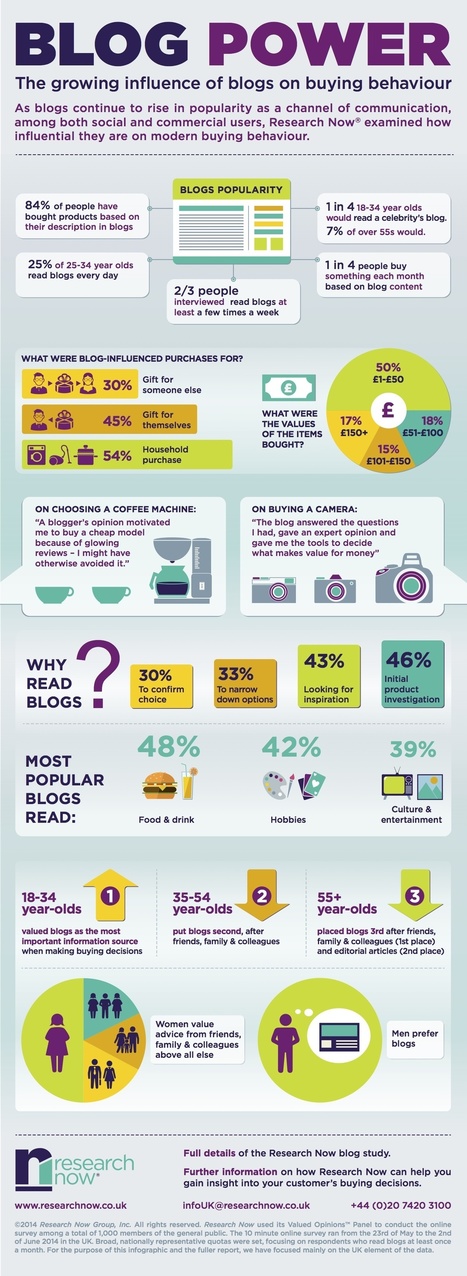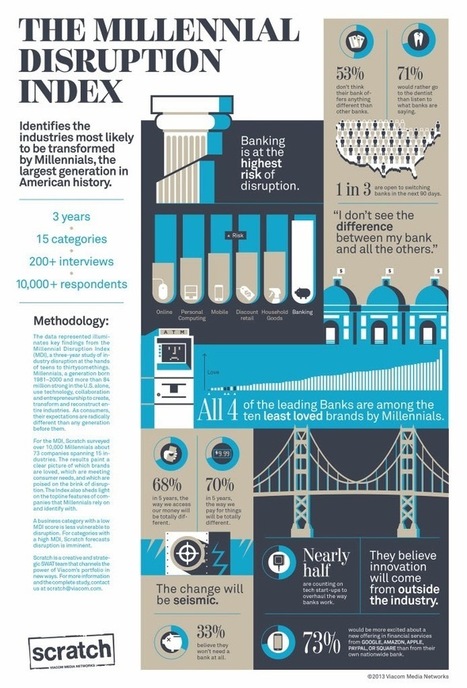The power of blogs in influencing consumer purchase decisions is stronger than you might realize. According to data from a research study conducted by Research Now, nearly nine in 10 consumers (84%) make purchases after reading about a product or service on a blog. Among consumers between the ages of 18-34, blogs ranked as the most important source of information to make buying decisions. Among consumers between the ages of 35-54, blogs ranked as the second most important source behind friends, family, and colleagues. Even older consumers (55 and older) value blogs when making purchase decisions ranking them third in terms of importance behind friends, family, and colleagues and editorial articles.
For brands, this data is critical. The research found that blogs influence household purchase decisions for 54% of the survey respondents, gifts that consumers are buying for themselves (45%), and gifts they’re buying for other people (30%). In fact, 25% of respondents indicated that they buy something each month based on blog content!
Consumers are turning to blogs for specific reasons as they travel through the path to making a purchase. Nearly one in two (46%) use blogs for initial product investigation, and 43% use blogs for inspiration. One in three consumers (33%) use blogs to narrow down their purchase options while 30% use blogs to confirm their purchase choices. In other words, blogs play a role at every stop along the marketing and sales funnel....



 Your new post is loading...
Your new post is loading...






















Very useful for marketing and brand enhancement
Some really interesting statistics on how blogs are influencing consumer behaviour when it comes to buying choice.
Interesting information #blogging